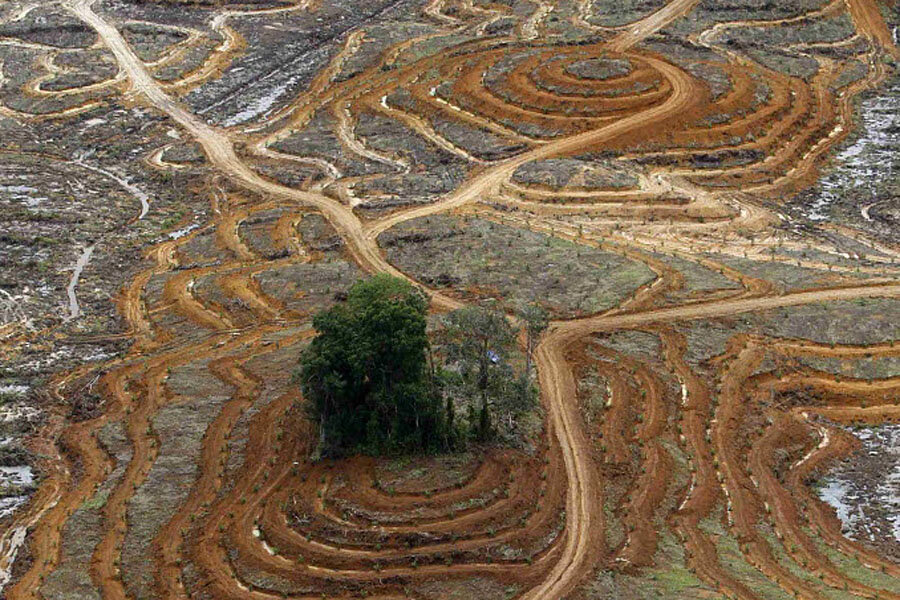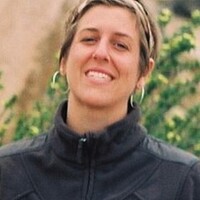Google-backed crowdsourced website aims to track forest destruction, but can it?
Loading...
An ambitious international effort to track the rapid disappearance of the world's forests has provoked a mix of hope and skepticism among those most invested in their conservation.
Powered by a $25-million budget and Google-donated cloud services, Global Forest Watch (GFW) is an online tool that algorithmically analyzes NASA satellite photos of the world's forested areas, to detect changes indicating deforestation or fires, both of which have been identified as contributors to global warming. The results are presented on a free interactive website where users can watch how industry activities, forests, fires, and conservation areas overlap across the globe.
“Global Forest Watch is a near-real time monitoring platform that will fundamentally change the way people and businesses manage forests," said Andrew Steer, CEO of the World Resources Institute (WRI), in the organization's press release. WRI launched the project in partnership with Google and the University of Maryland. "From now on," said Dr. Steer, "the bad guys cannot hide and the good guys will be recognized for their stewardship."
The program will provide daily visual updates on fires burning across the world and monthly updates on forest cover in the world's humid tropical belt – in which each pixel covers roughly the area of four football fields. Once per year, the program will create higher-resolution updates on forest cover worldwide, whose pixels will describe an area roughly the size of two NBA basketball courts.
That may sound a bit slower and more pixellated than "near-real time" would suggest, but it may be properly scaled to global deforestation; a 2013 University of Maryland study published in the journal Science found that worldwide, about 50 football fields-worth of forest disappear per minute. And Nigel Sizer, a former climate change advisor to President Bill Clinton who leads GFW, says the program can detect smaller changes. "If there's a significant change within that area, then it will light up the whole pixel," he says.
Amy Moas, a Senior Forest Campaigner with Greenpeace, says the project could improve both public and corporate understandings of deforestation.
"I think that any time you take what's happening on the ground and you put it into a useful tool that everyday people can use, it can make a huge difference in people's understanding of what's happening," she says. "In principle, it could be a part of the solution."
But a sticking point of the project may be the difficulty of distinguishing forest cover from agricultural plantations, which are often in direct competition. Managed plantations rarely allow the species diversity that arises in a forest, and most use harmful pesticides. A 2013 version of GFW, presented by University of Maryland geographers without the backing of WRI, received criticism for its failure to identify oil palm plantations in Indonesia.
“The Global Forest Cover Change map has mapped out oil palm plantations owned by Sinarmas Group in Papua as forest cover gains,” Elfian Effendi, director of environmental group Greenomics Indonesia, told the Jakarta Post in November.
Dr. Moas of Greenpeace says this problem was a serious drawback to last year's version. "Rows and rows and rows of the exact same tree for as far as you can see... doesn't provide the same ecosystem services that a forest would provide," she says.
The project's failure to distinguish between natural forests and industrial agriculture has not yet been resolved, according to Dr, Sizer. "The current University of Maryland and Google analysis does not differentiate between plantations and forests, and we're working on that," he says, adding that "one of the cool ways that we can potentially accelerate that is using the power of the crowds."
Anyone can drop comments, reports, or corrections onto specific map locations at globalforestwatch.org. And the project is working on a mobile phone app that will allow the discerning eyes of human volunteers to distinguish between crops and forests, in areas which may flummox the computer algorithm.
"Citizen scientists can help improve the accuracy of the whole system," says Sizer.
During the first 24 hours of the project's launch, Sizer says 25,000 people in 170 countries had browsed the site. "We're very happy with that from day one," he says.
Global Forest Watch charges ahead with a staff of 20, on the strength of a $10 million donation from the Norwegian government, and $5 million each from the governments of the US and UK, and the international public-private Global Environment Facility.








